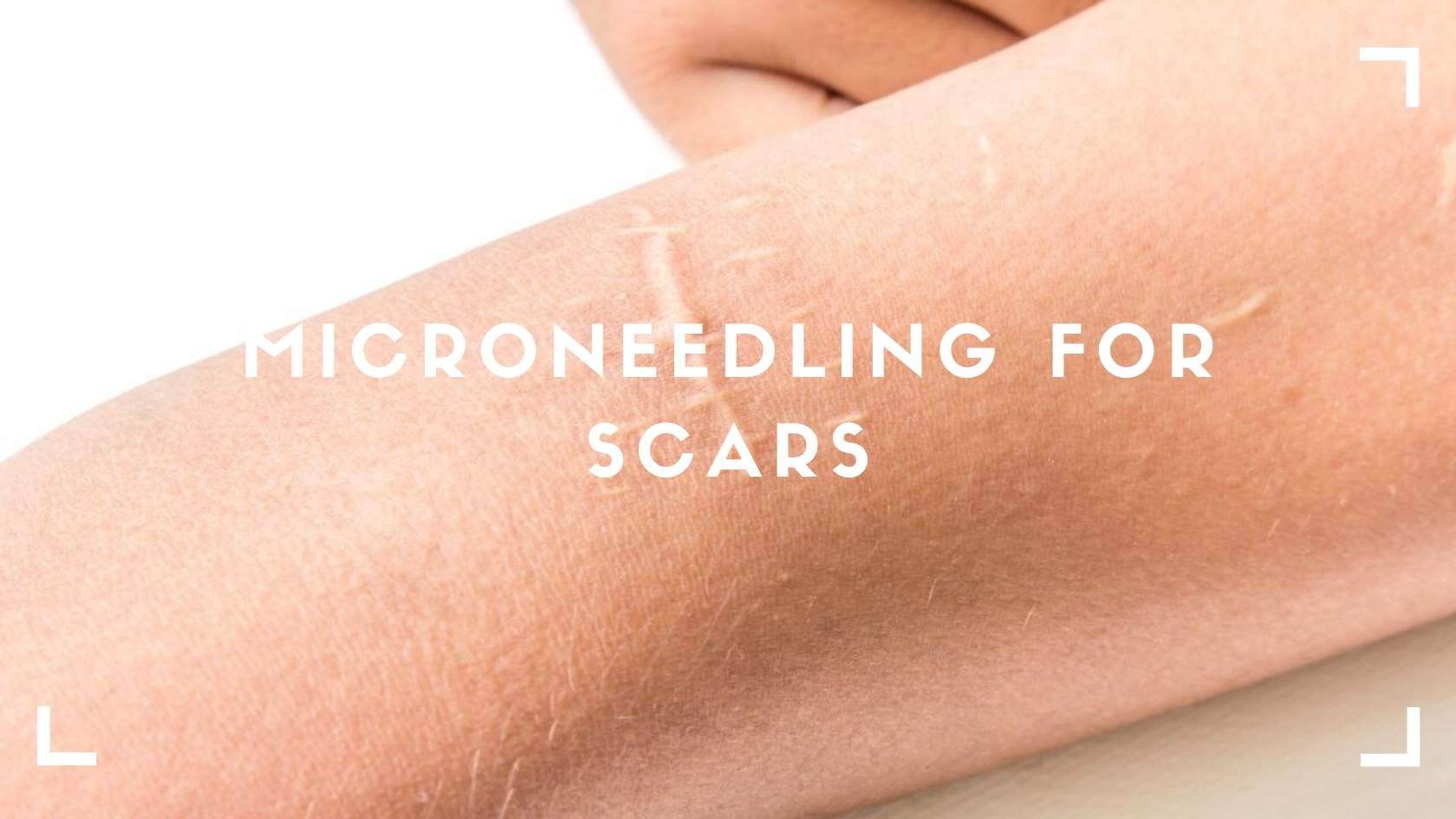It is possible to treat a variety of different scar types through microneedling. Most commonly, microneedling is used to treat acne scars, but, it also works well for other atrophic scars and hypertrophic scars.
What Are Scars?
A scar is an area of fibrous tissue which forms after an injury and replaces what was previously healthy tissue. Scars can range in appearance from pitted to raised, and everything in between.
Can Microneedling Work for Acne Scars?
Yes, microneedling is a safe and effective method for treating acne scars. It works best on shallow acne scars, but you will also see some results with deeper 'ice pick' type scars.
Plenty of research has been done on this. Take these two papers for example:
"Skin microneedling is a simple, inexpensive office modality of treatment for the management of post-acne atrophic scars. It has favorable advantages as the epidermis remains intact, decreasing most of the risks and negative side effects of other invasive modalities for treatment of post-acne scars" - CLICK HERE FOR SOURCE.
"We have analyzed the efficacy of dermaroller, both in different types of scars and different grades of scars. Excellent response was seen in rolling or boxcar scars, while moderate response was seen in pitted scars. The severity of scars improved by two or more grades in 26 (72.2%) of our patients and in a further six (16.7%) patients we could achieve a reduction in scars by a single grade. Thus, on an overall basis a good to excellent response was achieved in 32 out of 36 patients (88.7%)." - CLICK HERE FOR SOURCE.
What About Other Types of Scars?
Microneedling is not limited to the treatment of facial acne scars. It can also treat scars elsewhere on the body. For instance, c-section scars and self-harm scars. You should expect to see the tone and texture of the scar improve, but understand that complete removal is not likely.
Check out this conclusion from another paper:
"Patients received one to six consecutive monthly microneedling treatments. All scars improved at least 50 percent after an average of 2.5 treatments. Over 80 percent of patients had 50 to 75 percent improvement, and 65 percent of patients demonstrated over 75 percent improvement. No significant clinical differences were observed in treatment responses of facial scars versus nonfacial scars nor between responses of atrophic acne scars and traumatic or surgical scars." - CLICK HERE FOR SOURCE.
A Warning in Regards to Microneedling Keloid Scars
Keloid scars are large, raised and often unsightly. They are thought to occur when the body's healing response to a wound is too vigorous. If you are susceptible to keloid scars then you should be wary of microneedling, as it may encourage this overzealous healing response from your body and lead to more keloid scars. Please note that keloid scars are not the same as hypertrophic scars.
Which Needle Length Is Best for Scars?
This depends on the severity of your scar(s). As some scars can be very minor, you might be able to use a short 0.50mm to 1.00mm device. However, if you have raised or deeply pitted scars then you would need to use a longer needle length.
Make sure you do not microneedle too often as the healing process takes time.







